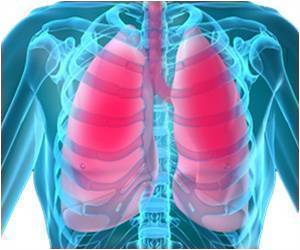Organ Procurement and Transplantation Network responsible for making transplant policy is reviewing simulations for a new pediatric lung allocation policy.

‘A model that allowed child donor lungs to be offered preferentially to child candidates and then to adolescents within a 1,000-mile radius doubled the amount of adolescent transplants’





"Children are dying while waiting for an organ. Geography should be one less barrier to pediatric patients receiving a potentially life-saving transplant. We believe these changes will give young patients more access to transplants and will result in organs getting to the sickest patients first," said Dr. Valapour. The research team tested four alternatives to the current pediatric lung allocation system that were designed to improve pediatric access to donor lungs. The Organ Procurement and Transplantation Network (OPTN), which is responsible for making transplant policy, is currently reviewing the simulations and will choose one of them to be the new U.S. policy for pediatric lung allocation.
In the four alternative allocation models, adolescent donors and candidates were defined as ages 12 to 17, and children were under age 12. Adults are aged 18 and older. Under current allocation rules, donors and candidates are first matched based on geographic region and age.
Currently, donor lungs are first offered to candidates near the donor hospital. If no local candidates are identified, the donor lungs are offered beyond the local region in 500-mile radius increments. Child candidates receive priority for child donor lungs within a 1000-mile radius of the donor (followed by adolescents, then adults), and adolescent candidates receive priority for adolescent donor lungs (followed by children, then adults).
The research team studied models of wider geographic sharing of pediatric donor lungs to increase pediatric access to transplant using the thoracic simulated allocation model (TSAM), a program that uses actual candidates and donors to create recipients of simulated organ availability. The cohort included 5,907 lung and 141 heart-lung candidates listed for transplant between July 2009 and June 2011.
Advertisement
It also allows child donor lungs to be offered preferentially to child candidates and then to adolescents within a 1,000-mile radius before adults are considered. This model more than doubled the amount of adolescent transplants, from 461 adolescent transplants per 100 patient-years on the waiting list, compared with 206 under current rules.
Advertisement
Adult transplant rates, wait-list mortality and 1-year post-transplant mortality were not adversely affected in either of the alternative models. In 2014, 45 patients under the age of 18 received lung transplants.
Source-Eurekalert













